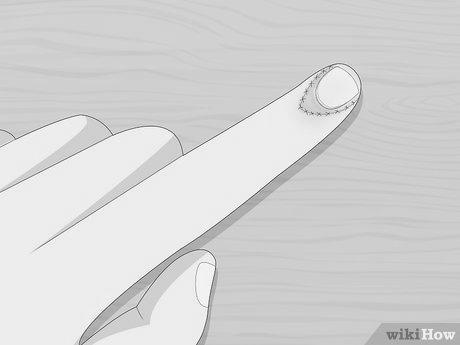Is it Possible to Grow Out Your Nail Beds?
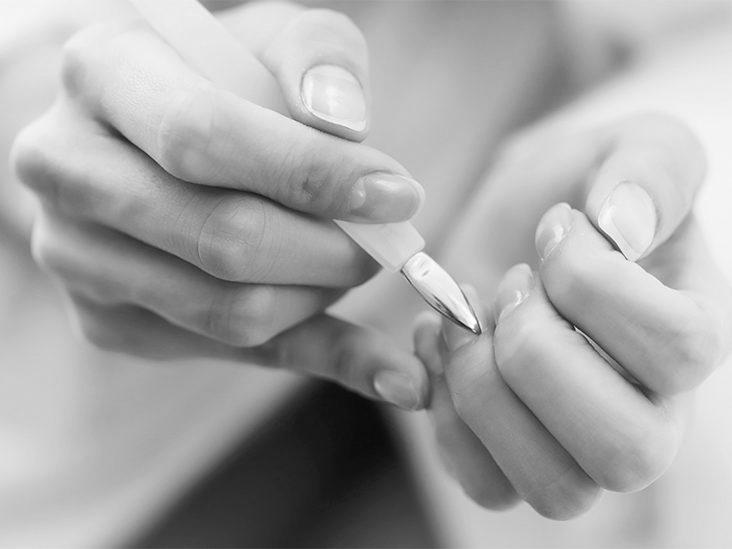
Is it possible to grow out your nail bed? Yes, it’s possible. However, the rate of growth varies according to age and damage. Young children accidentally ripping their nail beds may grow their nails faster than adults. Children may even recover all their nails within four months! So how do you get a thick nail bed? There are a few steps you can take. Read on to learn more.
Vitamin B9 increases growth.
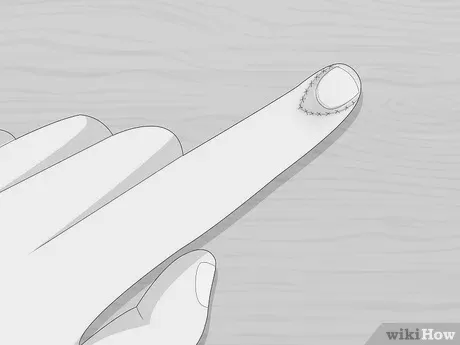
Folate, also known as vitamin B9, is an essential nutrient. A diet high in this nutrient will help you grow stronger nails. It is also necessary for strong bones and tissues. Folate works as an antioxidant to protect your body’s cells from damage caused by free radicals. Foods rich in this nutrient include avocado, beets, spinach, eggs, and dairy products.
Consuming a balanced diet that includes various vegetables and fruits, nuts, omega-3 fatty acids, and proteins can help strengthen your nails. Vitamin B9, particularly, can help strengthen brittle nails. This vitamin promotes healthy cell growth and supports the formation of new nail cells. It also helps in the metabolism of protein-building amino acids. In addition to these benefits, it also supports the growth of nail tissue and nails.
One way to boost your vitamin C intake is through citrus fruits. Citrus fruits are high in vitamin C and folic acid, needed for healthy nail growth. Oranges are also excellent sources of vitamin C because they have antioxidant properties. Make a homemade mask out of papaya and kiwi juice and apply it to your nails for a nourishing, quick fix. Your cuticles will thank you for it.
Zinc also has several benefits for the growth of your nails. This nutrient is found in meats, seafood, poultry, fish, and eggs. Zinc also aids the body in absorbing nutrients, so eating plenty of these foods will help you grow stronger, healthier nails. Also, make sure you get plenty of zinc, which is needed for healthy cell growth. You should also eat plenty of water, necessary for healthy nail growth.
Protein in your diet
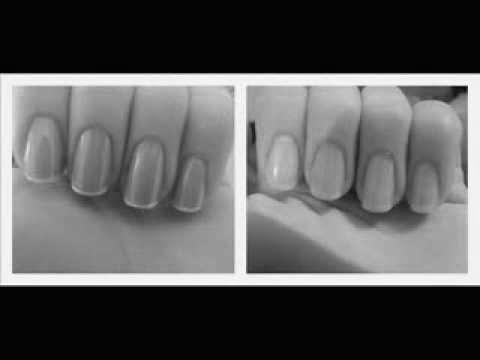
Eating adequate amounts of protein is essential to growing your nail beds. Keratin is the main structural protein in your nails, and ensuring adequate protein intake helps your body produce more of this. Getting enough protein is also necessary for healthy nails, as a lack of protein can lead to brittle and weak nails. The recommended daily allowance (RDA) for protein is 0.8 grams per kilogram of body weight. A typical person weighs about 150 pounds, so this amount is around 55 grams per day.
Salmon is an excellent choice for growing out your nail beds, as it contains zinc which helps the body absorb protein. Salmon is also rich in selenium, copper, and vitamin B, which allows the body to produce collagen. Collagen in the nails can help the nails grow. Other good protein sources include avocados, coconut oil, walnuts, and eggs. Vitamin A is crucial for cell growth and transporting iron through the bloodstream, so eating plenty of eggs and other meat products is good.
If you’re interested in increasing the thickness and health of your nails, a good source of protein is chicken, non-GMO tofu, and lean red meat. Other great protein sources include raw nuts, seeds, and leafy green vegetables. Also, consider adding silica-rich foods such as cucumbers and other vegetables. These foods are packed with nutrients that are important for growing nail beds.
A diet rich in protein is essential for healthy fingernails and muscles. According to Dr. Ava Shamban, a lack of protein can lead to brittle and split nails. In addition to eating a lot of lean meat and poultry, you should also eat plenty of fruit. These are quick and easy sources of nutrients, and they are an ideal snack for vitamins and minerals. The more protein you eat, the more protein your nails will grow!
Moisturizing your hands and nails
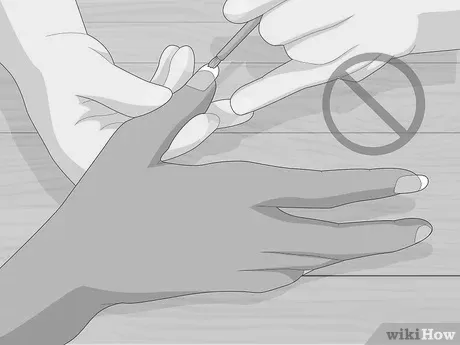
You may have heard that moisturizers can help your nails grow. However, many people overlook the importance of keeping their nails moisturized. Using a moisturizer to keep them soft and supple is the first step in promoting healthy nail growth. Also, remember to moisturize your cuticles – just like your other skin areas – to keep them soft and pliable. You can buy cuticle oil at any drugstore.
Another way to moisturize your hands is to regularly apply hand cream and petroleum jelly. Apply this product liberally to your hands and nails and massage it in. Apply it two or three times a day for better results, especially if you live in a cold, dry climate. Using it in your hands will promote blood flow, increase circulation, and bring oxygen and nutrients to the nails.
When applying hand cream or lotion to your nails, use a rich moisturizer that penetrates the cuticle and nail bed. The water helps to fill up the cell membranes and strengthen them. Moreover, it contains vitamin A and zinc that support healthy nail growth. The best moisturizers contain glycerin and hydrating ingredients essential for healthy nail growth.
If you cut your cuticles too short, they can expose the nail bed and create an infection. A nail infection can be hard to treat and take longer to cure. Always moisturize your hands and nails after trimming them to avoid such an infection. You can also apply cuticle oils to your nails if they are dry and cracking.
Avoiding acrylic manicures
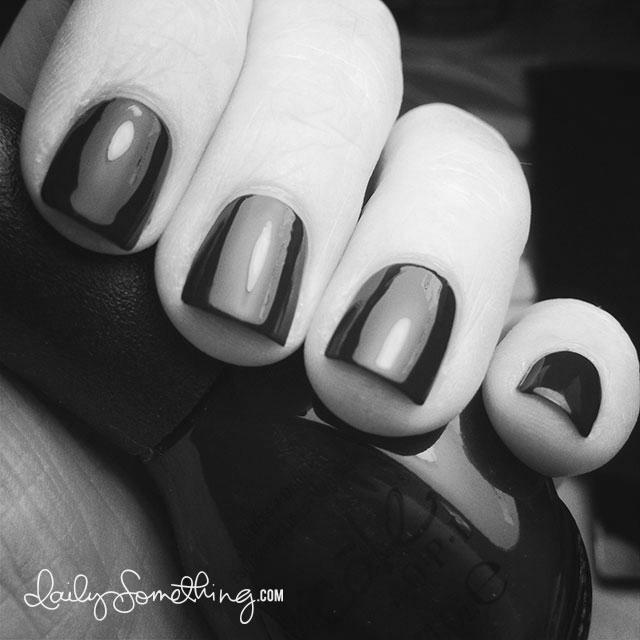
When considering getting an acrylic manicure, the best advice is to avoid peeling them off. While you can simply use a quality nail polish, you should avoid applying gel polish, which will weaken your natural nail. To prevent breakage, make sure to spread good cuticle oil to the area. This oil can also help prevent your acrylic nail from breaking. You should also wear broad-spectrum sunscreen before the acrylic application.
In addition to damaging your natural nails, acrylics can also cause fire rings. This can lead to nail fungus. They may also result in indentations and grooves. Besides these, if you do not follow the recommended technique, acrylics can be damaging. Some of the ingredients in acrylics are caustic, so if you are trying to grow your nail beds, it is best to avoid these types of nails. Moreover, make sure you only have acrylics done by reputable salons. Also, if you really want to look good, you can spend a bit of money on the salon’s services.
Before you get an acrylic manicure, ask the technician about the risks. Ask about the possible effects of acrylics on your natural nail. Although acrylics are known to last between two and three weeks, they require care to maintain their appearance. Moreover, growing out your nail beds with acrylic nails is not recommended for more than two weeks. In addition, they can cause an infection. In addition to the risks of acrylic nails, they can cause an allergic reaction to your natural nail.
Once your acrylic manicure is complete, you can apply a layer of nail paint to cover it. You can also use a brush to remove any dirt underneath the acrylics. The meeting should be wet or dry, and scrape the area for a few seconds. You can also apply a thin layer of nail paint to cover up your acrylic nails in the morning. Consider your lifestyle and how long you’d like your acrylic nails to grow out for a perfect nail look.
Genetics determines the shape and length of your nails.
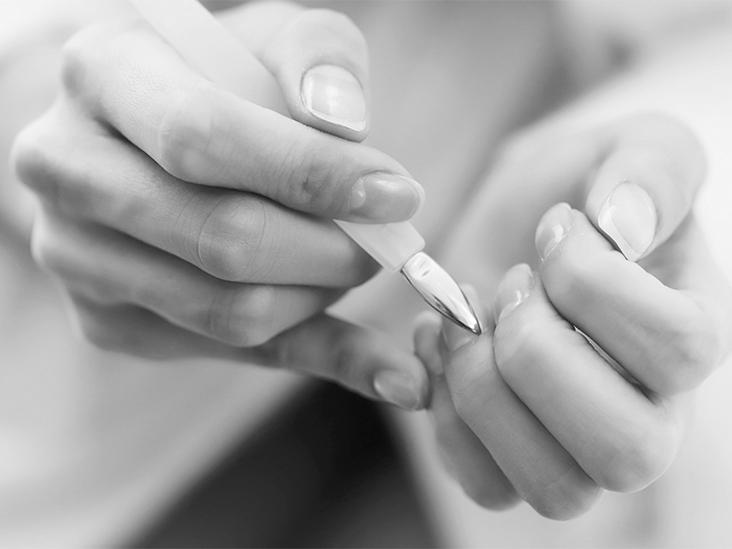
Nail length and shape are determined by genetics. Your parents’ genes are responsible for the size and shape of your nail beds. You should soak your nails in warm water before applying a cuticle stick to get perfect fingernails. Then, gently push back the cuticles using the bar. In most cases, genetics plays a role in your nail length and shape. To achieve long and smooth nails, you need to invest in quality nail polish and a cuticle stick.
Why Are My Fingernail Beds Purple/Blue?
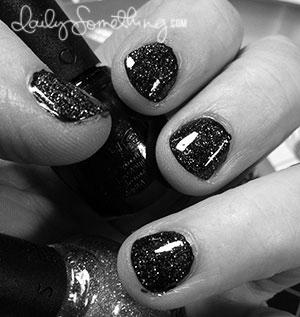
If you’ve ever wondered, “Why are my fingernail beds purple/ blue?” you’re not alone. Countless others have the same question. Several possible causes include Raynaud’s disease, Asthma, and COPD. However, the most likely culprit is pregnancy. Read on to find out what might be causing your purple/blue fingernails.
Raynaud’s disease
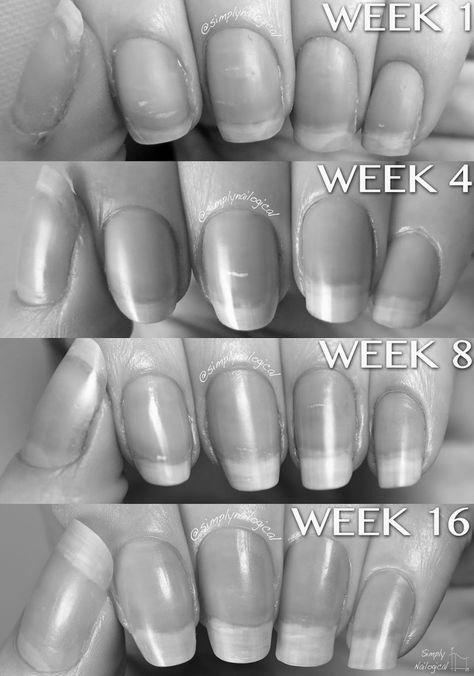
People in cold climates are at greater risk of developing this disease. Women and people over the age of thirty are also at increased risk. Genetics plays a role as well. Women tend to be more affected than men, and it also occurs more often in young women. However, even though it is rare, it is worth mentioning that it can affect men. Fortunately, there are several effective treatments.
A health care provider will begin by assessing your medical history and conducting a physical examination. In addition to the physical examination, your healthcare provider may also perform a cold challenge test to check for color changes in your fingers and hands. If you’re diagnosed with the condition, your healthcare provider may also look at the tiny blood vessels in your fingernail beds with a microscope. In severe cases, your health care provider will likely recommend an antibiotic treatment and possibly surgery. However, this is the last resort.
Blue or purple fingernail beds are an indication that the blood circulation in your hands has been impaired. When blood flow is disrupted, your blood vessels narrow. The color of your fingernails returns to normal after a 15-minute warm-up. In severe cases, your skin color may even change. It’s essential to seek medical attention for this condition, as it could result in infection or other complications.
If you’ve noticed that your nails are blue or purple, you should consult a physician as soon as possible. Blue/purple fingernail beds are a sign of severe health issues that can affect the heart, lungs, or blood vessels. Seek treatment immediately if your nails turn blue or purple. Your doctor will assess the root cause of your cyanosis and find the most effective treatment for you.
People with blue/purple fingernail beds may be suffering from Raynaud’s disease. This disease affects the smaller blood vessels in the extremities, making the blood flow in those areas extremely limited. However, this condition is harmless, and you can help yourself by exercising to increase blood flow to the affected area. Your bluish-colored fingernail beds may cause cold hands and numbness.
COPD
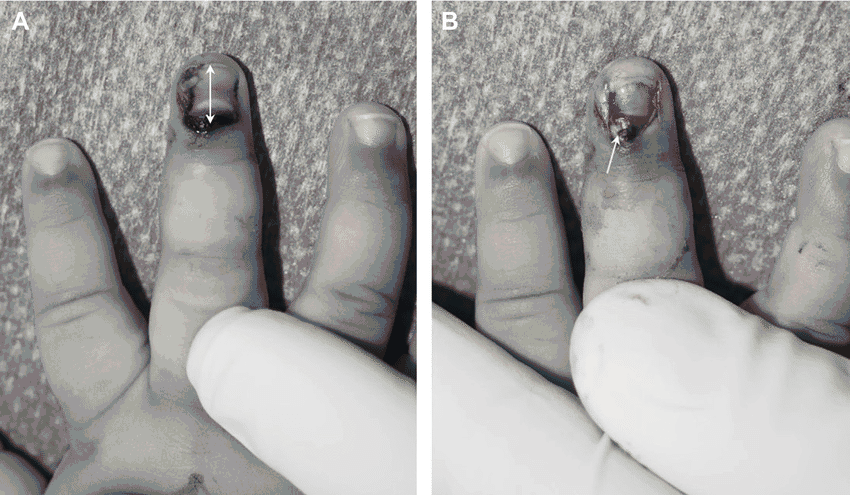
You might be wondering why your fingernails are blue. If you don’t have a medical condition, you may just be experiencing a natural skin pigment change. However, if you notice a bluish tint, it may signify a more serious underlying issue. Blue fingernails may indicate a problem with the heart, lungs, or blood cells. If you have blue fingernails, your physician will want to perform some tests to confirm the cause.
Some conditions can cause your nail beds to appear purple or blue. Cold temperatures, for example, can cause blood flow to slow down. The bluish color will usually disappear when the temperature warms up. However, this symptom may signify a disorder, such as Raynaud’s disease. If you notice blue or purple nail beds, visit your doctor to get a proper diagnosis.
In some cases, your fingernail beds may be abnormally colored for various reasons. For example, bluish or purplish nails could be a sign of congestive heart failure, characterized by extreme tiredness, swollen extremities, and shortness of breath. Other nail colors, such as yellow, could indicate other health problems. If you have yellow nails, they are likely caused by a fungal infection. Other causes of a yellow nail may include diabetes, psoriasis, thyroid disease, or diabetes.
Sometimes, your fingernail beds can be an indicator of lung disease. Your nails can show many signs of various diseases and conditions, including bacterial infections. However, these changes should not be interpreted as a sign of anything serious or dangerous. Some are harmless, natural signs of aging, and other conditions or medications. In some cases, these changes can be signs of something more serious.
You might be a victim of a blood clot. This condition can be deadly and occur in one of three scenarios: emphysema, trauma, or malnutrition. However, if the discoloration is black, it can be a sign of a subungual hematoma. Depending on the cause, treatment may involve surgery. A physician can rule out any skin cancer and treat the condition.
Asthma
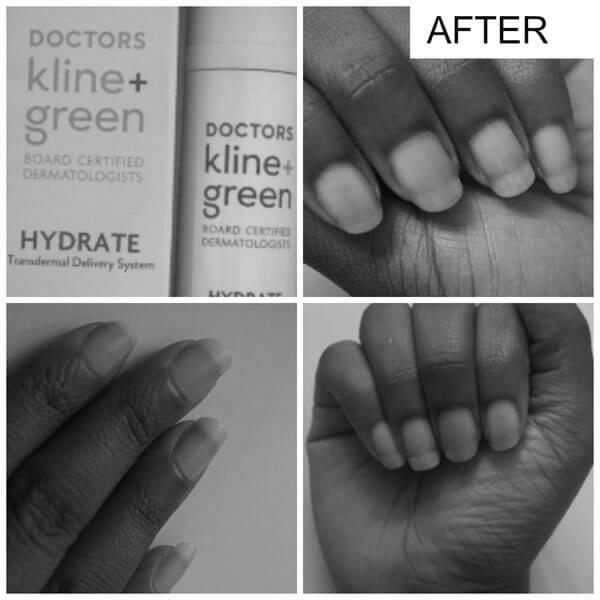
Cold temperatures can cause fingernail beds to turn blue. Cold weather can restrict blood vessels, making it difficult for oxygen-rich blood to reach the skin. Cold temperature also causes blood to move slowly through the skin, resulting in blue fingernail beds. While there are no definitive causes, they are often signs that something is wrong with your body. If you feel tired, short of breath, or have an unusually blue or purple nail bed, see your doctor immediately.
If you notice your fingernail beds turning blue, you may have cyanosis. Cyanotic skin refers to a lack of oxygen in the blood. The resulting blood has a blue color. If your fingernails are bluish, you may have a condition called hypoxemia. If you have hypoxemia, your blood lacks oxygen and becomes bluish.
Cyanosis can also occur in people with a genetic predisposition to the condition. These white spots on the fingernail may also indicate a severe health condition. If you notice these spots on your fingernails, your doctor may prescribe an antibiotic to relieve the problem. Also, a medical exam may reveal if you have clubbed fingers or congenital heart disease.
Cyanosis can be a symptom of a severe respiratory disorder called COPD. It appears on the skin, lips, fingernail beds, and tongue. It is most apparent when the external temperature is cold. Cyanosis can also be a symptom of asphyxia or pulmonary embolism. In such a case, you should see a doctor immediately.
Emphysema
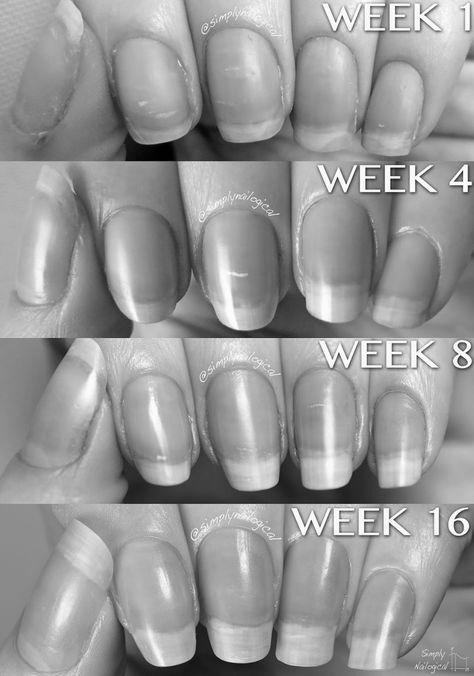
Purple/blue fingernail beds are standard for some people. This condition occurs when the body cannot deliver the proper amount of oxygenated red blood to the fingers and toes. However, if the condition persists, there may be something more serious.
The symptoms of cyanosis are often hard to detect unless you visit a doctor. Depending on the cause, treatment options may include prescription steroid creams or waterproof rubber gloves. Other ways to prevent paronychia include avoiding water or harsh chemicals, reducing thumb sucking, and using a moisturizing lotion. This will keep the area moisturized and avoid further irritation.
Nail discoloration is one of the most common symptoms of several diseases that affect the blood. People with diabetes and HIV/AIDS are at an increased risk for developing purple/blue fingernail beds. The symptoms of nail discoloration may be gradual and can go unnoticed for years. However, other diseases can cause this condition, such as inflammatory bowel disease and thyroid problems.
This disorder affects the blood vessels of the hands and feet, which causes the fingernails to turn blue. If this condition persists, it can lead to chronic symptoms.
If you think you may have purple/blue fingernail beds, you should see your doctor immediately. Your primary care doctor will ask about your symptoms and perform a physical exam. If the problem persists, a doctor may prescribe medications for you or recommend surgery to remove the damaged lung tissue. However, if your fingernails are purple or blue, they signify a serious underlying illness.
If you have a bluish cast on your fingernail beds, this results from low oxygen in the blood. Those who suffer from this condition have poor blood circulation, a reduced heart rate, and other lung diseases. This condition causes the blood to become bluish-purple or a pale blue color. Cyanosis can appear in any part of the body due to a lack of oxygen in the blood. The most common areas affected include the lips, the palms, and the fingernail beds.
